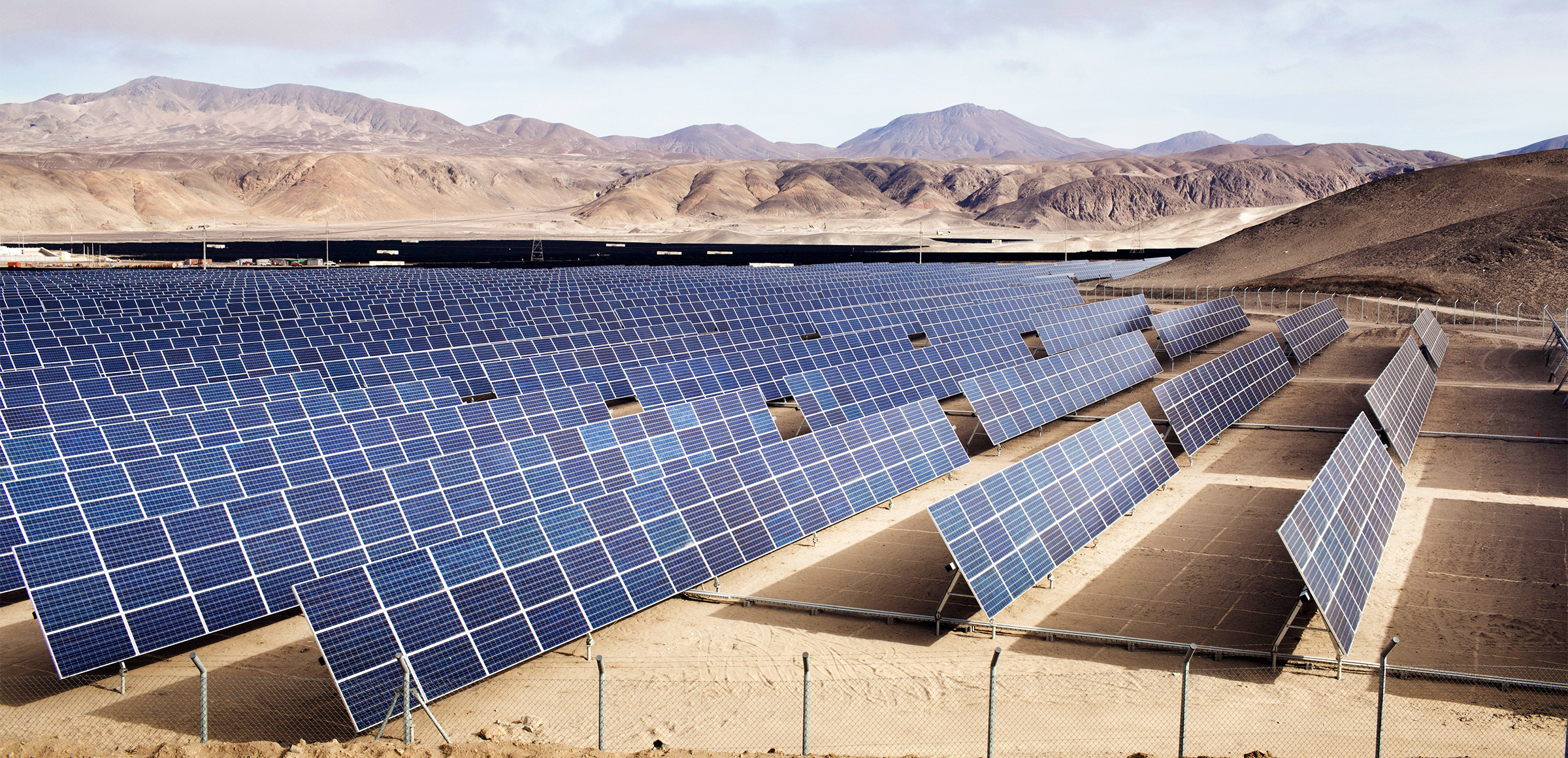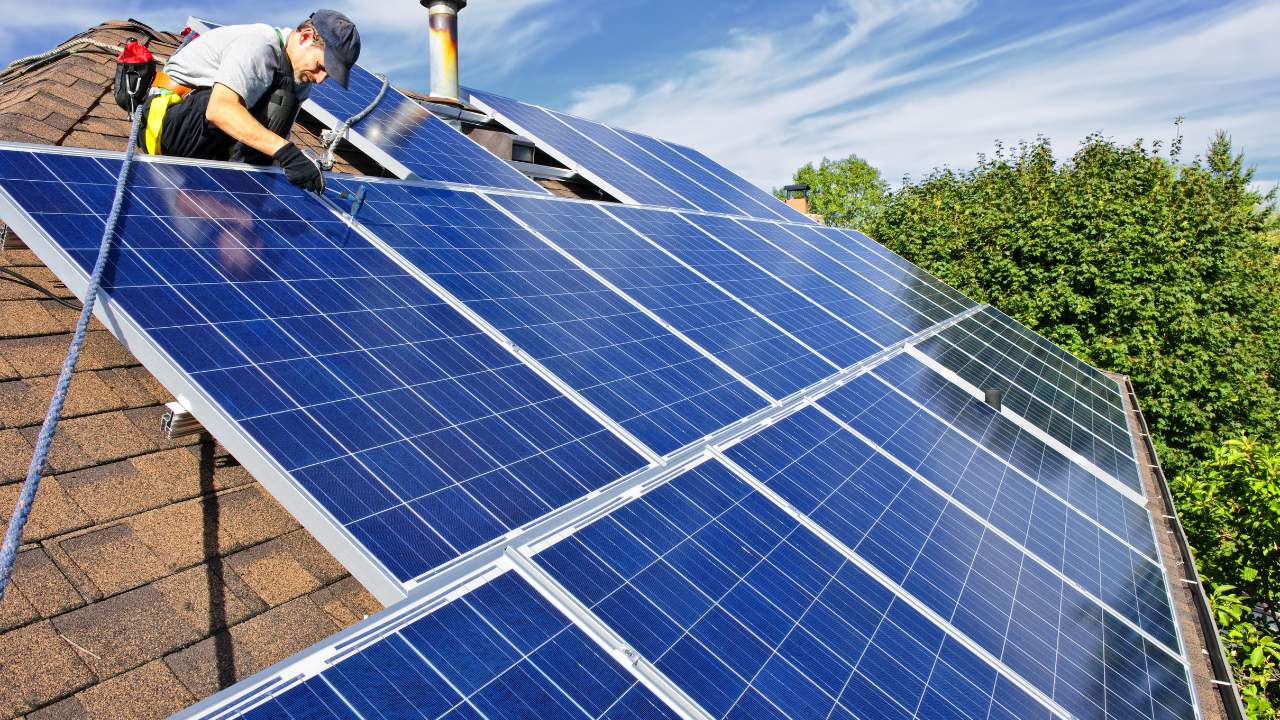Modular Solar Panel Advantages: 5 Key Benefits
Modular solar panels offer scalable expansion (5kW→10kW with 30% cost savings), 15-20kg per unit for flexible rooftop/ground mounting (installation time ↓40% vs fixed), independent module replacement (downtime ↓50%), 120km/h wind resistance (+20% durability), and optimized layout reducing shading for 5-7% higher output.
Easy to Install
A typical modular array consists of panels weighing around 20 pounds each, with pre-assembled connectors that simply click together. This means a single person can often handle the physical installation without a full crew. In many cases, what used to take a professional team 2-3 days to complete can now be done by a motivated DIYer in a single weekend. This isn’t just convenient—it translates into real cost savings. By reducing or eliminating labor fees, homeowners can save anywhere from 1,500 to 3,000 on a standard residential installation.
The electrical setup is equally simplified. Most modular systems use integrated MC4 connectors, which are weatherproof and require no specialized wiring knowledge. A full 5kW system can often be fully connected in under 4 hours, with each panel slotting into a rail system that requires only basic hand tools to assemble. You don’t need an electrician to connect the panels to each other—though a licensed professional is still recommended for the final grid connection to ensure compliance and safety.
This plug-and-play approach reduces complexity and minimizes installation errors. Since the panels are typically mounted using a standardized rail and clamp system, they can be adjusted or expanded later without reengineering the entire roof setup. This modularity doesn’t just make the first installation easier—it makes every future change simpler, too.

Expandable When Needed
One of the biggest concerns homeowners have when investing in solar is whether their system will still meet their needs in 5 or 10 years. Family sizes change, energy consumption habits shift, and adding an electric vehicle can suddenly increase household electricity demand by 30% or more. Traditional solar arrays are rigid; expanding them often means installing a completely new system, which is costly and inefficient. Modular solar panels solve this problem by design. They are built to grow incrementally alongside your energy needs. A typical modular setup allows you to start with a 4 kW system and later add panels in batches of 1-2 kW, with minimal disruption and without replacing existing hardware.
Most modular systems use a uniform rail-mount system and standardized connectors, meaning a homeowner can add two additional 400-watt panels on a Saturday afternoon without professional help, increasing total output by 800 watts at a cost of only 600−800 for the panels and brackets.
Instead of taking out a loan for a massive 15 kW system upfront "just in case," you can install a 6-8 kW system today that covers 90% of your current usage, and expand later when needed. This reduces initial capital outlay by 40-50% in many cases. Inverter compatibility is key. Most modular systems are designed to work with plug-and-play microinverters or optimizers, which are panel-level devices. This means when you add new panels, they come with their own integrated power conversion, so you don’t need to upgrade your central inverter. The existing system’s voltage and amperage ceilings are built with a 20-30% capacity buffer specifically for this purpose.
Replace Single Panels
A single damaged cell can reduce the entire string’s output by 20-30%, and replacing it often requires a technician to dismantle large sections of the system, costing 500−1,000 in labor alone. Modular solar panels eliminate this inefficiency. Designed with independent function and standardized hardware, each panel operates autonomously. If one unit under performs or gets damaged, you can replace it individually without compromising the rest of the system. This targeted approach turns a potential days-long repair into a sub-2-hour job, often costing less than $400 for a new panel and a minimal service fee.
Aspect | Traditional Panel System | Modular Panel System |
Isolation Capability | Failure often affects entire string | Fault is isolated to single unit |
Typical Replacement Cost | 500−1,200 (parts + labor) | 250−400 (part + minimal labor) |
Replacement Time | 3-8 hours (system shutdown required) | 60-90 minutes (no full shutdown) |
Panel Availability | Often requires specific discontinued models | Standardized sizes and connectors (e.g., MC4) |
System Downtime | 1-3 days (scheduling + work) | Less than 2 hours |
The core of this advantage lies in the plug-and-play connectors and panel-level electronics like micro inverters. Each modular panel functions as an independent unit, so the system doesn’t rely on a continuous series connection. If a panel rated at 400 watts fails, you simply unplug its weatherproof MC4 connectors, unscrew 4 mounting clamps, and swap in a new one. The system's monitoring software, which tracks the performance of each panel individually, will typically pinpoint the exact under performing unit with over 99% accuracy, showing a specific 20% dip in output rather than a vague system-wide alert. This granular diagnostics capability means you’re not replacing modules based on guesswork.
Furthermore, since modular systems use widely available standardized modules, you aren’t locked into a single manufacturer or waiting weeks for a proprietary part. You can source a compatible 400W panel from multiple brands, ensuring quick replacement and maintaining the system’s 25-year lifespan efficiency without significant dips in production.
Fit Different Roofs
Not every roof is a perfect, south-facing, 30-degree pitch rectangle. Many homes feature complex rooflines with multiple angles, obstructions like dormers or chimneys, and varying load-bearing capacities. Traditional large-format solar panels, often measuring over 2 meters in length and weighing 50 lbs each, struggle to adapt to these constraints, leading to compromised designs, reduced efficiency, or even structural reinforcement costs exceeding $2,000. Modular solar panels, typically smaller and lighter, solve this by offering unparalleled design flexibility. Their compact dimensions, commonly around 65 x 39 inches (1.65 x 1 meter), and weight of 18-22 lbs per panel, allow them to be arranged in intricate patterns, navigating around obstacles and maximizing usable space on irregular roofs like those with multiple hips, valleys, or skylights.
Roof Type | Typical Challenge | Modular Solution | Average Added Cost vs. Traditional |
Clay Tile | Fragile; requires special mounting | Lightweight panels avoid tile breakage; low-profile hooks | 15-20% savings (avoiding tile replacement) |
Metal Standing Seam | Cannot penetrate surface | Clamps attach directly to seams; no drilling required | $0 (same cost as standard install) |
Low-Slope (Flat) Roof | Requires tilt frames for angle | Low-weight panels need less bulky framing | 10% savings on racking material |
Complex Hip Roof | Limited contiguous space | Small panels fill small sections; higher density | 5% premium for custom layout (vs. 20% for traditional) |
Older Roof (20+ yrs) | Limited load capacity | ~50% less weight per sq. ft. reduces structural stress | 1,500−3,000 savings (avoiding reinforcement) |
On a complicated roof, a traditional installer might only be able to fit a 6 kW system after omitting sections near obstructions. However, using modular panels, an installer can fill 95% of the available roof area, potentially installing a 7.2 kW system on the same roof. This represents a 20% increase in energy generation capacity without requiring a larger roof. The financial impact is twofold. First, you generate more power, reducing your electricity bill faster. Second, installation is often quicker and requires less specialized equipment. The mounting system itself is more straightforward, typically using rails that can be cut to custom lengths on-site to fit specific roof segments. This eliminates the need for custom-sized panels or expensive racking modifications, which can add 0.10 to 0.30 per watt to a project's cost. For a typical home, choosing modular panels can mean the difference between a viable solar installation and one that is deemed impractical, all while ensuring the roof's integrity isn't compromised.

Lower Starting Cost
While a typical conventional system might demand 25,000 or more before incentives, modular solar panels fundamentally change this equation. Their design philosophy prioritizes accessibility, slashing initial costs through streamlined logistics, reduced labor hours, and a scalable approach. You aren't forced to pay for a massive system all at once. This can lower the cash price of a standard 6kW system by 3,000 to 7,000 compared to a traditional install, bringing the starting investment below 18,000 in many cases.
· Reduced Labor Expenses: Installation is the largest non-hardware cost. A modular system's lightweight panels and plug-and-play modules can cut installation time from 3 days to 1.5 days, directly translating to 40-50% lower labor fees, saving 1,500−3,000.
· Minimized Structural Upgrades: Traditional panels can weigh over 50 lbs each, often requiring a structural engineer report and $2,000+ in roof reinforcement. At ~20 lbs each, modular panels rarely need this, eliminating that cost.
· Lower Shipping & Handling Costs: Smaller, standardized panel sizes and packaging reduce freight charges by approximately 15-20% compared to shipping bulky, large-format panels.
· DIY-Friendly Design: For the skilled homeowner, the simplified installation can turn a portion of the labor into self-performed work, potentially saving 30-40% on the total installation quote.
A system that costs 18,000 instead of 24,000 will have a faster payback period, even if both systems produce the same amount of energy. After the 30% federal tax credit, your out-of-pocket cost drops to roughly 12,600, making the monthly savings on your electricity bill cover the system's cost more quickly. Furthermore, this approach allows for a right-sized system. Instead of taking a loan for a large 10kW system to cover future needs, you can install a 5-6kW system now that covers 80-90% of your current usage. This means a smaller loan amount and lower monthly payments if you choose to finance. The interest on a solar loan can add 3,000-$5,000 to the total cost of a system over a 10-year loan term.